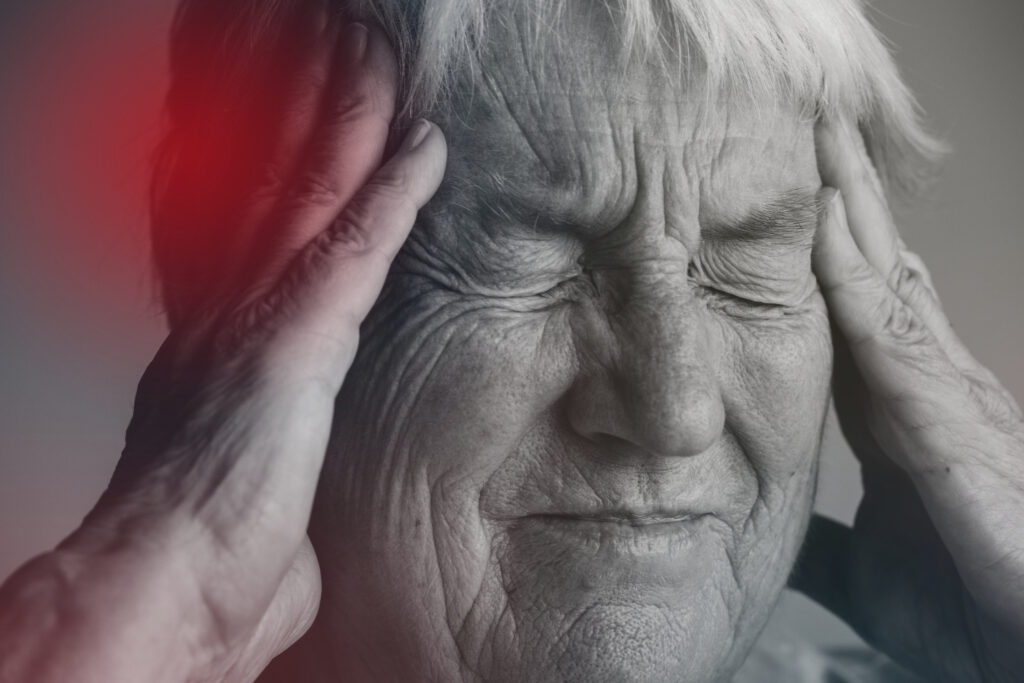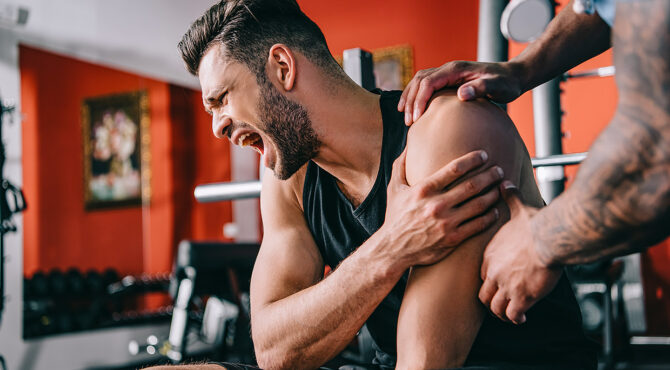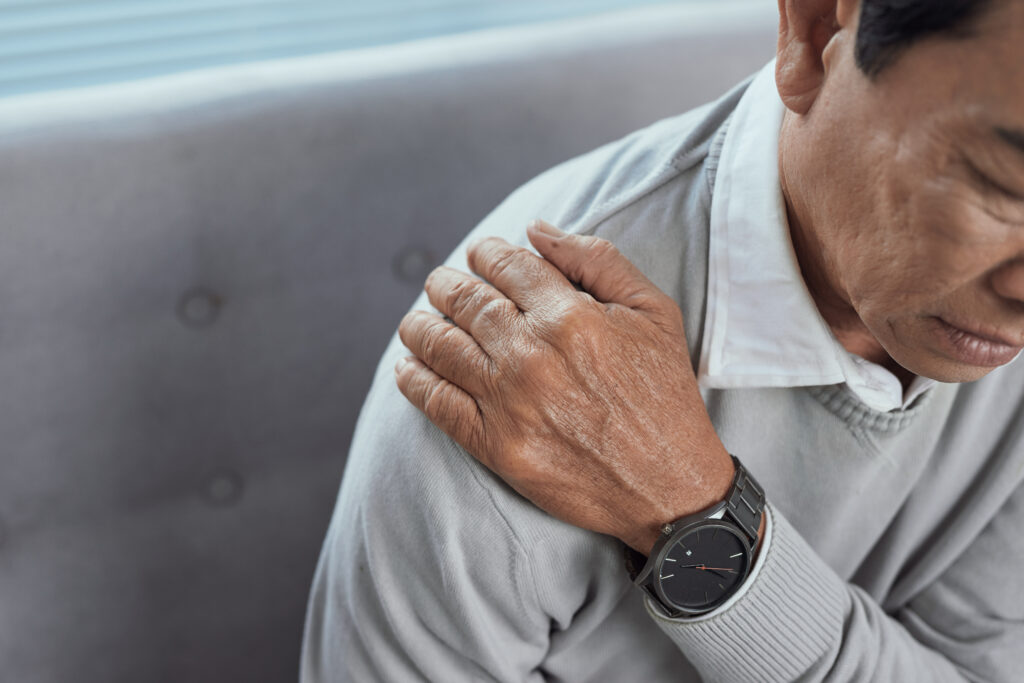When you face a sports injury, it can feel like your athletic dreams are on hold. But what if you could harness natural methods to not only heal but also enhance your performance? By focusing on nutrition, herbal remedies, and mindful practices, you can create a thorough recovery strategy that supports your body's healing process. Imagine regaining your strength and agility while also preventing future setbacks. As you explore these holistic approaches, consider how integrating them into your routine could reshape your journey as an athlete. What's the first step you'll take?
Understanding Sports Injuries
Sports injuries can occur during both practice and competition, often leaving athletes sidelined and frustrated. You might experience anything from sprains and strains to fractures or concussions. Understanding these injuries is vital for effective recovery and prevention.
When you push your body to its limits, you're at risk of overexertion, which can lead to injuries. Sprains happen when ligaments stretch or tear, while strains involve muscles or tendons. Both can result from sudden movements or improper techniques. Knowing the difference can help you identify your injury and seek appropriate treatment.
Impact injuries, on the other hand, can occur from collisions or falls. These injuries often require immediate attention, as they can lead to more serious complications. You should always pay attention to your body's signals. If you feel persistent pain or swelling, don't ignore it. It's important to rest and allow your body to heal.
Preventing injuries is also about proper warm-up and cool-down routines. Stretching and strengthening exercises can enhance flexibility and stability, reducing your risk of injury.
The Role of Nutrition
Nutrition plays an essential role in your recovery from sports injuries. You need to focus on key nutrients that support healing, stay properly hydrated, and time your meals for ideal performance.
Let's explore how these elements can enhance your recovery process.
Key Nutrients for Recovery
When you've suffered a sports injury, focusing on the right nutrients can greatly speed up your recovery. First, prioritize protein. It's essential for repairing damaged tissues and building new muscle. Aim for lean sources like chicken, fish, beans, or Greek yogurt to support healing.
Next, don't overlook vitamins and minerals. Vitamin C is vital for collagen production, helping your body heal faster. Incorporate citrus fruits, strawberries, and bell peppers into your diet.
Additionally, vitamin D and calcium work together to strengthen bones, so make sure you're getting enough dairy, leafy greens, or fortified foods.
Omega-3 fatty acids also play a significant role in reducing inflammation. You can find these in fatty fish like salmon, walnuts, or flaxseeds.
Finally, antioxidants found in foods like berries, spinach, and nuts help combat oxidative stress and promote recovery.
Hydration and Performance
Adequate hydration is essential for maintaining peak performance, especially during recovery from a sports injury. When you're properly hydrated, your body effectively transports nutrients, regulates temperature, and lubricates joints—all crucial for healing.
Dehydration can lead to fatigue, decreased coordination, and slower recovery times. You don't want that slowing you down.
Make it a habit to drink water consistently throughout the day, not just during workouts. Listen to your body; if you feel thirsty, it's already signaling that you need fluids.
For added benefits, consider incorporating electrolyte-rich drinks, especially after intense training sessions or games. These can replenish important minerals lost through sweat.
Monitor your urine color to gauge hydration levels: pale yellow indicates you're well-hydrated, while dark yellow suggests you need to drink more.
As you recover from your injury, aim for at least half your body weight in ounces of water daily, adjusting as needed based on activity levels and environmental conditions.
Timing Your Meals
Strategically timing your meals can markedly impact your recovery from a sports injury. When you eat the right foods at the right times, you can enhance your body's healing process. Focus on consuming a balanced meal rich in proteins and healthy carbohydrates within 30 minutes after your workout or therapy session. This is essential for muscle repair and replenishing glycogen stores.
Next, make certain to maintain regular meal intervals throughout the day. Having smaller, nutrient-dense meals every three to four hours keeps your energy levels stable and supports continuous recovery. Don't skip breakfast, either; it kick-starts your metabolism and sets the tone for the day.
Pay attention to your pre- and post-workout nutrition as well. A snack that combines carbs with protein can provide the necessary energy and nutrients for peak performance and recovery. Consider options like a banana with nut butter or a smoothie with protein powder.
Lastly, don't forget about hydration. Pair your meals with adequate fluids to guarantee your body's systems function efficiently. Remember, timing isn't just about when you eat; it's about fueling your body for healing and performance.
Herbal Remedies for Recovery
Herbal remedies offer a natural approach to recovering from sports injuries, providing various benefits that can aid your healing process. You can explore a range of herbs known for their anti-inflammatory and pain-relieving properties.
For instance, arnica is a popular choice for bruising and swelling. Applying arnica gel or cream to your injury can help reduce pain and speed up recovery.
Turmeric, with its active compound curcumin, is another powerful ally. You can incorporate turmeric into your diet or take it as a supplement. Its anti-inflammatory effects can help alleviate pain and promote healing at the cellular level.
Ginger is also effective; it can reduce muscle soreness and inflammation. You might enjoy ginger tea or add fresh ginger to your meals for a tasty boost.
Another herb worth considering is boswellia, known for its ability to support joint health and reduce swelling. You can find boswellia in supplement form, which may help you recover faster.
Additionally, you might want to try calendula, which can aid in skin healing and reduce inflammation when applied topically as an ointment.
Remember to consult with a healthcare professional before starting any herbal regimen, especially if you're taking other medications.
By integrating these herbal remedies into your recovery plan, you'll not only support your body's natural healing process but also enhance your overall well-being.
With patience and the right approach, you'll be back in the game sooner than you think.
Physical Therapy Techniques
When it comes to recovering from sports injuries, incorporating physical therapy techniques can make all the difference. These techniques not only help you regain strength and flexibility but also promote a quicker return to your favorite activities.
Start with assessment; a physical therapist will evaluate your injury and create a personalized plan tailored to your needs.
One effective method is manual therapy. This hands-on approach involves the therapist using their hands to manipulate and mobilize soft tissues and joints, easing pain and improving mobility.
You might also engage in therapeutic exercises designed to strengthen the injured area and restore function. These exercises can range from gentle stretches to more intense strength-building routines, depending on your specific injury.
Another technique is the use of modalities like heat, ice, or electrical stimulation. These can help reduce swelling and alleviate pain, making it easier for you to engage in your rehab exercises.
Don't overlook the importance of balance and coordination training, either. These exercises can help prevent future injuries by improving your body's stability and control.
Lastly, your therapist may incorporate functional training, simulating sports-specific movements to prepare you for a safe return to play.
By consistently applying these physical therapy techniques, you'll not only heal faster but also enhance your overall athletic performance.
Mindfulness and Mental Resilience
Mindfulness practice can greatly enhance your recovery from sports injuries by promoting relaxation and focus.
By building mental toughness, you'll face challenges with resilience, making the healing process smoother.
Visualization techniques can further aid your journey, helping you mentally rehearse your return to peak performance.
Benefits of Mindfulness Practice
While many athletes focus on physical training to recover from sports injuries, incorporating mindfulness practice can greatly enhance mental resilience. Mindfulness helps you stay present, allowing you to better manage pain and stress associated with injuries. By focusing on your breath or the sensations in your body, you can cultivate a sense of calm and reduce anxiety, which often accompanies the healing process.
Engaging in mindfulness also sharpens your focus. When you're fully present, you're less likely to dwell on negative thoughts or fears about your recovery. This shift in mindset can boost your motivation, encouraging you to stick with your rehabilitation exercises.
Additionally, practicing mindfulness can improve your emotional regulation. You'll find it easier to navigate the ups and downs of recovery, helping you maintain a positive outlook.
Lastly, mindfulness fosters a deeper connection between your mind and body. This awareness can lead to more intuitive movement and greater self-compassion during your healing journey. By embracing mindfulness, you're not just healing your body; you're also nurturing your mental strength, setting a solid foundation for a successful return to your sport.
Building Mental Toughness
Building mental toughness is essential for any athlete maneuvering the challenges of recovery from injury. It's not just about physical strength; your mind plays a vital role in steering through setbacks and maintaining focus.
To develop this resilience, start by embracing mindfulness techniques. Paying attention to your thoughts and emotions can help you manage stress and cultivate a positive mindset.
Setbacks are part of the journey, so practice self-compassion. Acknowledge your feelings of frustration or doubt without judgment. This acceptance allows you to move forward more effectively.
Engage in regular reflection to identify your emotional triggers and learn how to cope with them. It's also beneficial to establish a routine that includes mental exercises, like journaling or meditation, to reinforce your mental stamina.
Surround yourself with supportive people who encourage your growth and resilience. Their positivity can inspire you to push through challenges.
Visualization Techniques for Healing
Visualization techniques can greatly enhance your healing process by harnessing the power of your mind. When you visualize, you create a mental image of your injury healing, which can boost your body's natural recovery mechanisms. Picture your muscles and tissues mending, your pain subsiding, and your strength returning. This practice not only helps you cope with the emotional aspects of injury but also fosters a positive mindset, essential for recovery.
To get started, find a quiet space where you won't be disturbed. Close your eyes and take a few deep breaths. Imagine a healing light enveloping your injured area, promoting circulation and reducing inflammation. Feel the warmth and comfort as it encourages your body to repair itself.
Regularly practicing visualization can improve your mental resilience. It builds a connection between your mind and body, reinforcing the belief that you'll recover. As you visualize your progress, you'll likely notice increased motivation to follow through with your rehabilitation exercises.
Essential Rest and Recovery
Proper rest and recovery are fundamental for healing sports injuries effectively. When you push through pain or ignore your body's signals, you risk prolonging your recovery and potentially worsening your injury. It's important to listen to your body and give it the time it needs to heal.
Start by incorporating scheduled rest periods into your routine. This doesn't mean complete inactivity; instead, focus on gentle movements or alternative exercises that don't strain the injured area. For instance, if you've hurt your ankle, consider swimming or upper body workouts that keep you engaged without risking further injury.
Nurturing your sleep is another significant aspect of recovery. Aim for 7-9 hours of quality sleep each night. During sleep, your body repairs tissues and releases growth hormones, which are critical for healing. Create a calming bedtime routine to improve sleep quality, such as reducing screen time and practicing relaxation techniques.
Hydration also plays an important role. Drinking enough water helps transport nutrients to your muscles, aiding in recovery. Don't forget to nourish your body with nutrient-dense foods, rich in vitamins and minerals, to support the healing process.
Finally, consider incorporating techniques like gentle stretching, foam rolling, or light massage once the initial pain subsides. These can improve blood flow and flexibility, promoting faster recovery.
Preventing Future Injuries
To prevent future injuries, you need to prioritize a well-rounded approach to your training and recovery. Start by incorporating a balanced regimen that includes strength training, flexibility exercises, and cardiovascular workouts. Each component plays a vital role in maintaining your overall fitness, which reduces the risk of injury. Strengthening the muscles around your joints helps stabilize them, while flexibility exercises enhance your range of motion, allowing for better performance and reducing strain during activities.
Additionally, listen to your body. If you feel pain or discomfort, don't push through it. Instead, take a break and assess the situation. Ignoring warning signs can lead to more severe injuries down the line. It's important to integrate regular rest days into your routine to allow your body to recover and repair itself.
Another key factor in injury prevention is proper warm-up and cool-down routines. Always warm up before training to get your muscles ready and cool down afterward to facilitate recovery. Stretching post-exercise helps maintain flexibility and reduces muscle tightness.
Lastly, consider your equipment. Confirm that your shoes and gear are appropriate for your sport and in good condition. Worn-out shoes can lead to misalignment and increased injury risk.
Conclusion
By embracing a holistic approach to injury recovery, you can release your game and enhance your athletic performance. Focus on nourishing your body with essential nutrients, harnessing the power of herbal remedies, and incorporating targeted physical therapy. Don't forget the importance of mindfulness and proper rest in your healing journey. By prioritizing these strategies, you not only support your recovery but also pave the way to prevent future injuries, ensuring you stay at the top of your game.



